Statue of Mary Dyer
Dedicated to a colonial woman who was hanged for being a Quaker.
Within downtown Boston there are no shortage of statues and sculptures dedicated to historic figures. Some are built to honor national figures while others commemorate prominent local community members. Most are for people and events of the 18th, 19th, and 20th centuries, but there is one location constructed in remembrance of a woman from Boston’s earliest days in the 17th century. This woman’s ordinary background and low status within society should’ve shielded her from scrutiny, but she would leave a mark on history as a martyr who was executed for committing one of the most heinous crimes of the time: being a Quaker.
Not much is known about Mary Dyer’s early life, but historians believe she was born in England around 1611. She married William Dyer in 1633 and sailed for the New World in 1635 like so many other Puritans. However, shortly after the two arrived in Boston they found the religious community embroiled in a theological conflict and splintered from the Antinomian Controversy. Different interpretations of the Bible had fractured the local Puritans with one group called the Antinomians, or Free Grace Advocates, led by Anne Hutchinson and other dissident ministers against the traditional establishment. Both William and Mary strongly sided with Hutchinson and her supporters, but in 1638 the Antinomians and their leadership were all banished and excommunicated from the Massachusetts Colony.
Feeling defeated and disenfranchised, William saw no reason to remain in the colony. Rumors also began circulating about Mary, who had given birth to a stillborn child five months earlier, which the Puritans saw as a foreboding omen. The couple moved to Rhode Island where other Antinomians settled, and spent more than a decade there before returning to England in 1651. The Dyers remained in England for over five years, during which Mary converted to Quakerism.
She returned to Boston in 1657 as a Quaker missionary and upon arrival was immediately recognized and imprisoned. She was imprisoned again in Boston in 1659 when visiting two other Quaker friends, William Robinson and Marmaduke Stephenson. She was threatened with execution should she return again, which she did in October of that year. She was condemned to death but granted clemency at the last minute while Robinson and Stephenson were hanged.
Devastated by the loss of her friends, Dyer was determined to position Boston authorities to either change their laws or be forced to hang a woman. Dyer returned in May 1660 and was sentenced to death. Dyer was offered a possible reprieve if she repented, but she remained steadfast in her belief and went to the gallows unafraid. She was publicly executed on June 1, 1660. Dyer along with Robinson, Stephenson, and another man William Leddra are the four Quakers the Puritans hanged who would become known as the Boston Martyrs.
In July 1959, almost 300 years after her death, a statue was built in her honor right next to the Massachusetts State House by sculptor Sylvia Shaw Judson. The story of Mary Dyer is not only about the struggle for religious freedom, but also about women’s rights during a time when women were expected to obey.


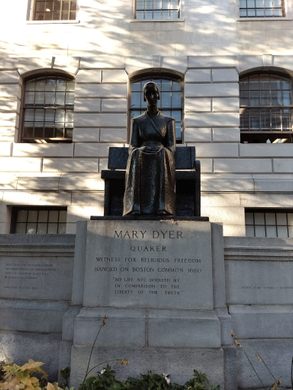
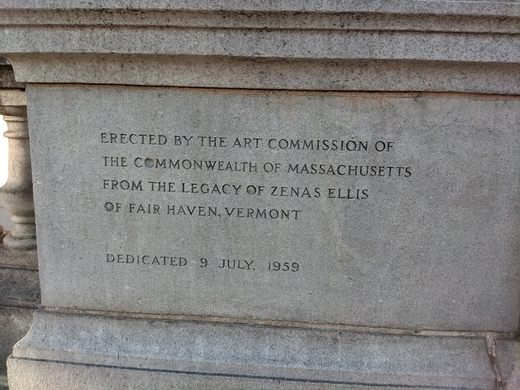





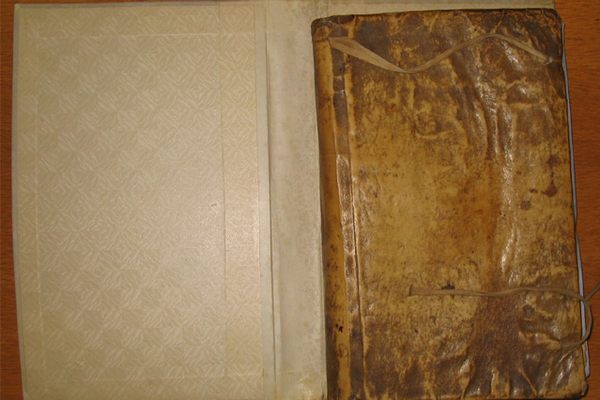



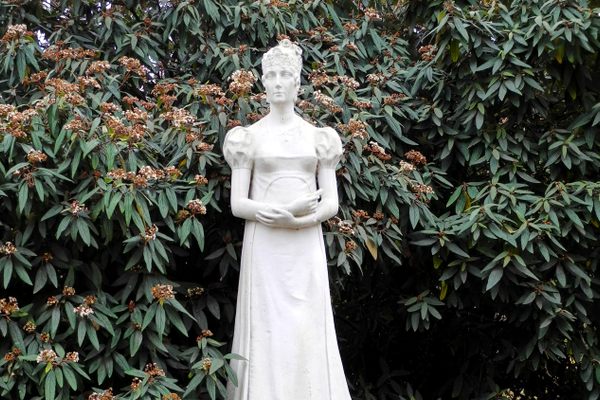
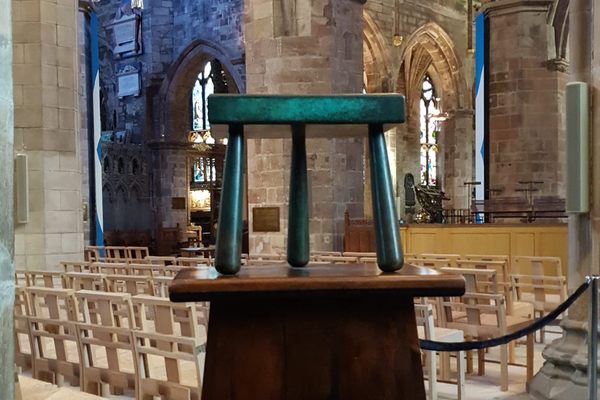
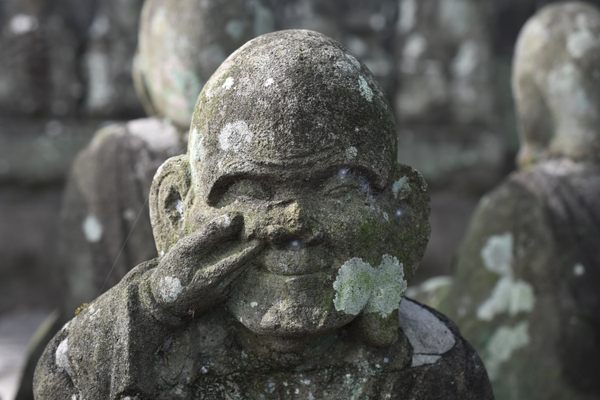


Follow us on Twitter to get the latest on the world's hidden wonders.
Like us on Facebook to get the latest on the world's hidden wonders.
Follow us on Twitter Like us on Facebook